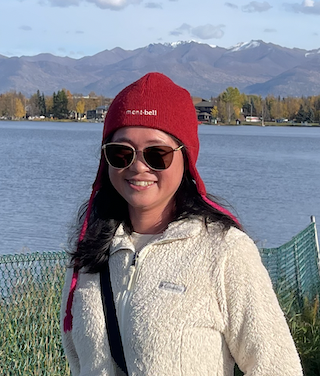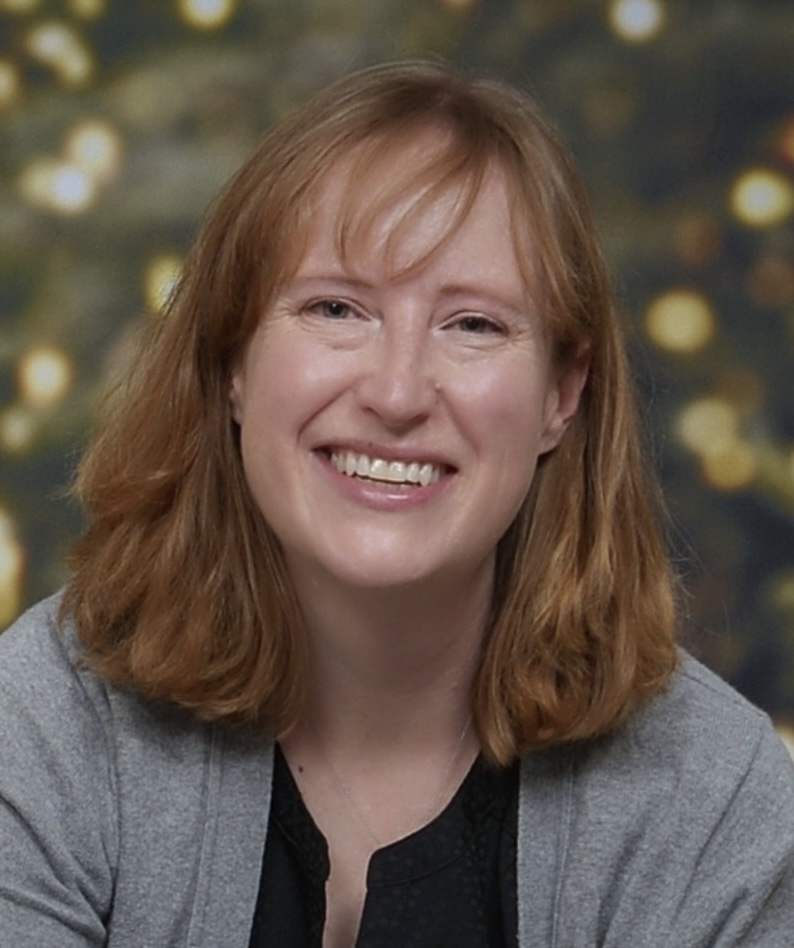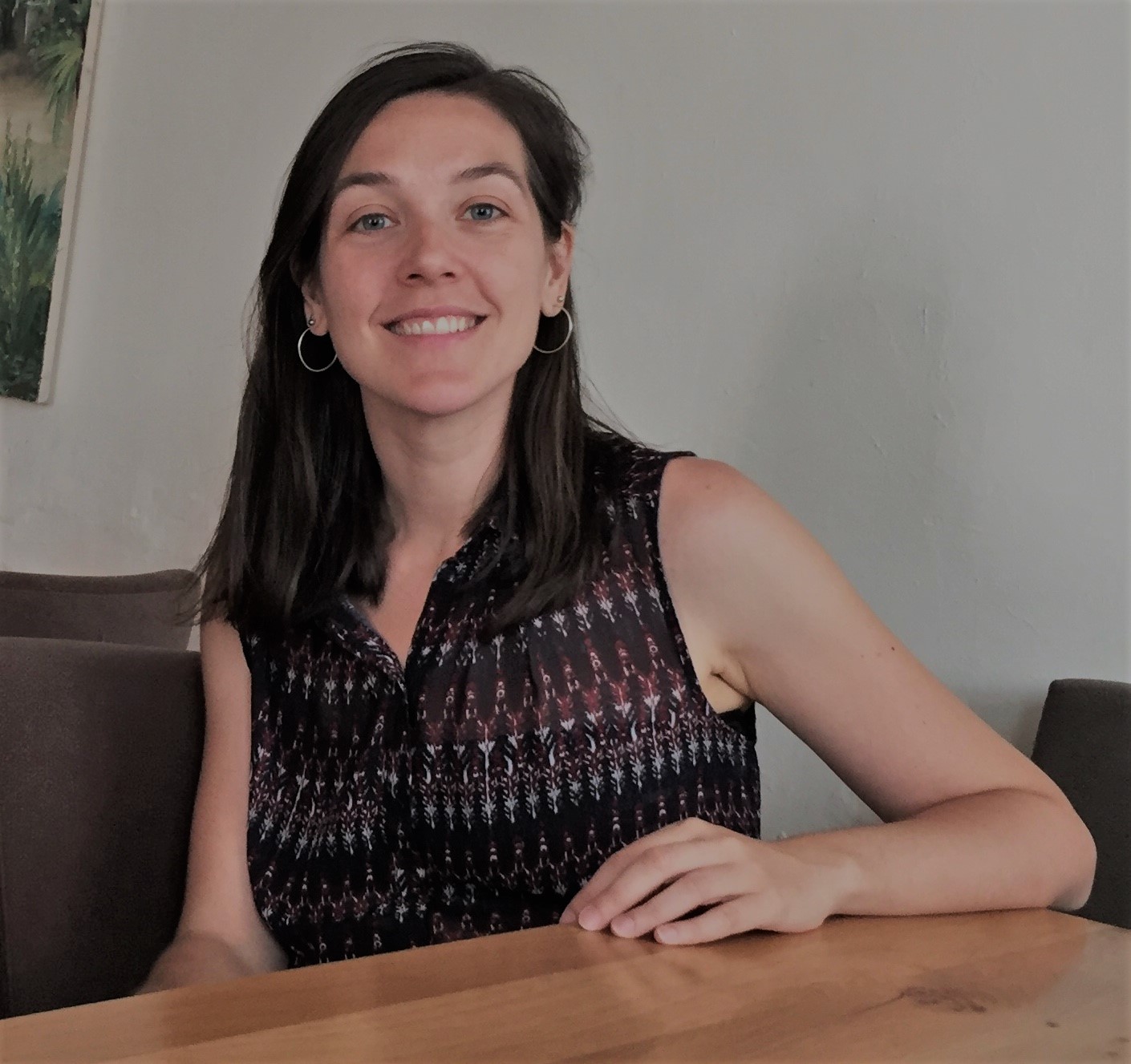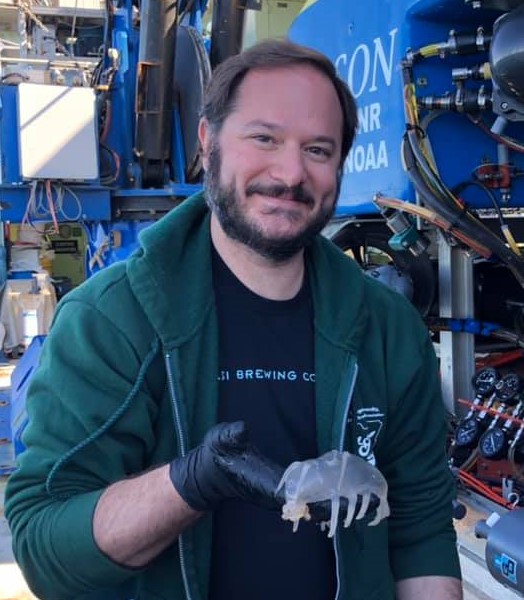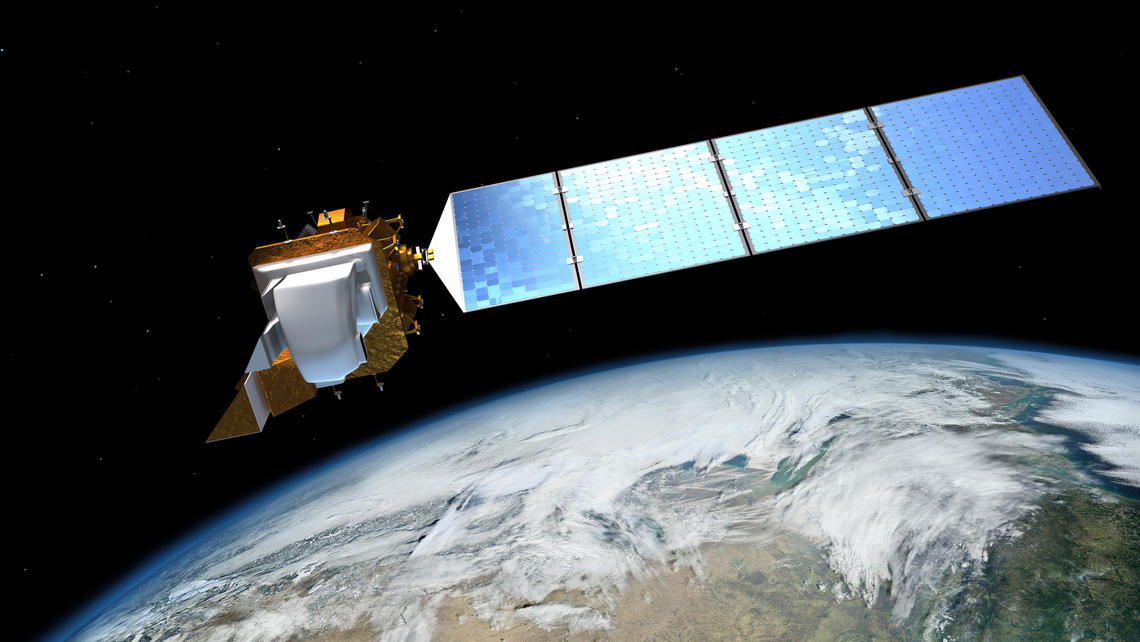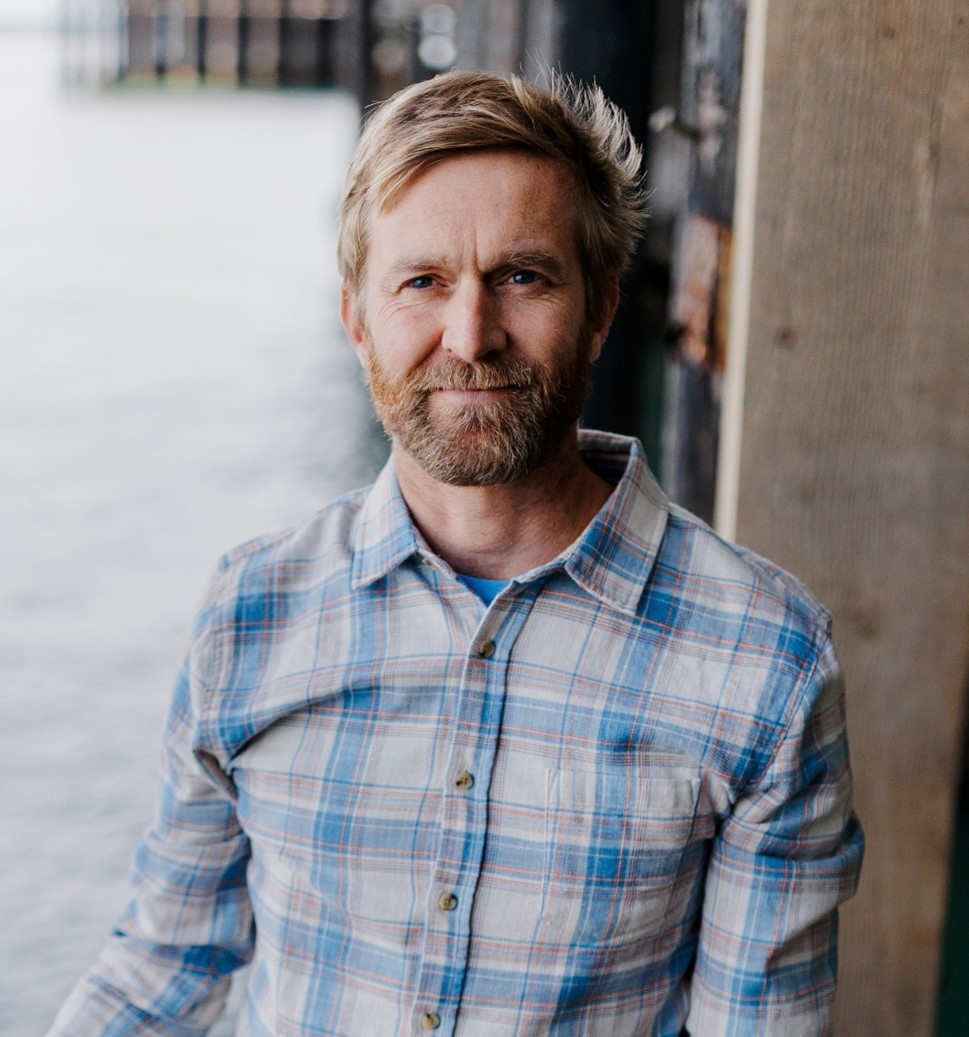Dr. Cara Wilson | NOAA Southwest Fisheries Science Center
Presenting: "Oceans from Space - Blooms and Data Access "
Hosted by the Computational Oceanography Lab and Physical Oceanography Lab
MLML Seminar | March 5th, 2025 at 4pm (PST)
Watch the Live Stream here or here
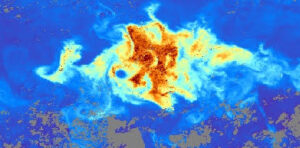
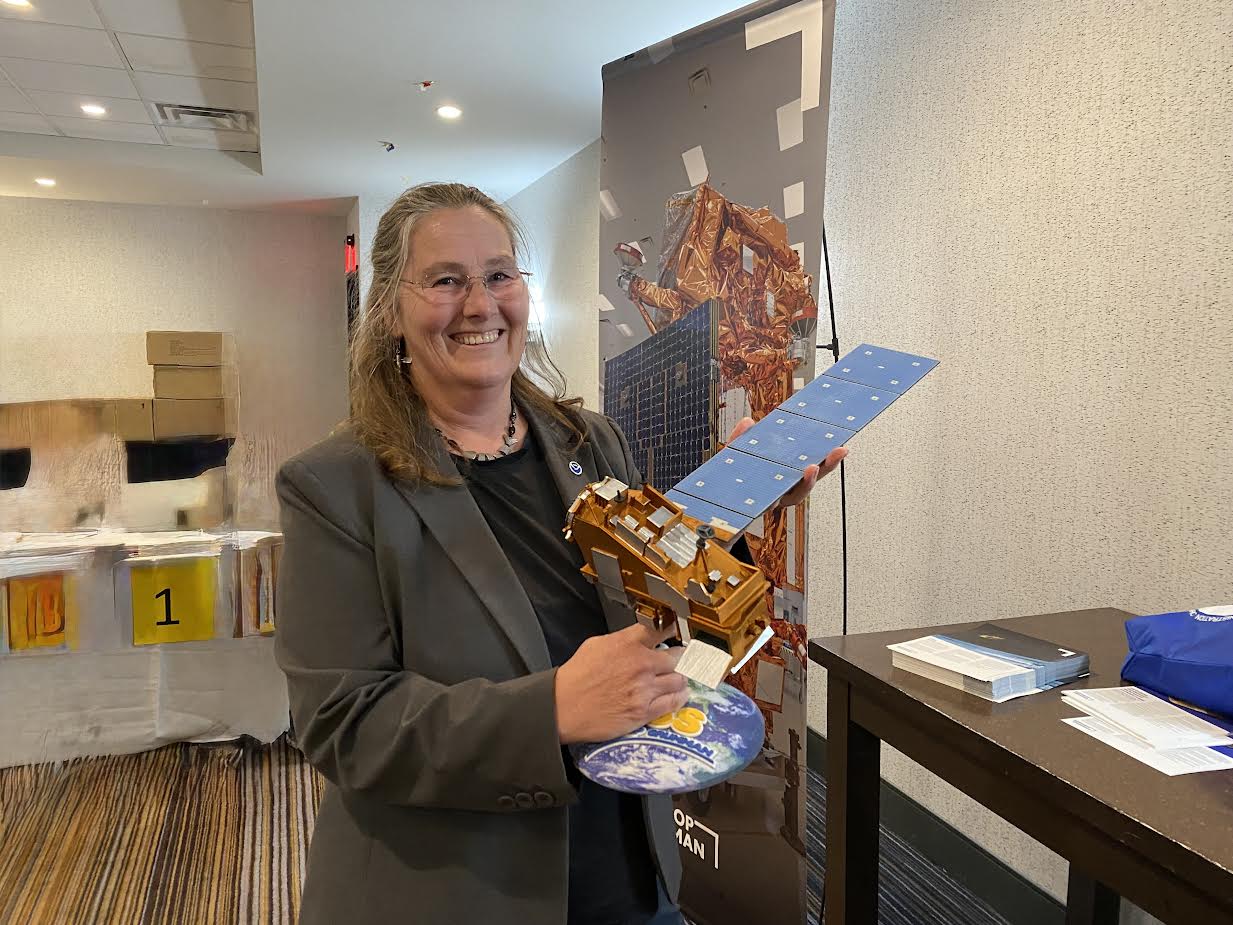
This presentation on satellite oceanography will have three parts. I will give a short overview about the the different types of oceanographic data products and show where and how to most efficiently access these data. These two parts of the talk don’t involve any research, but do provide practical (and hopefully useful) information for anyone interested in using satellite data. The third part of the talk will focus on the large chlorophyll blooms that often develop in late summer in the oligotrophic Pacific near 30°N, that have been revealed by satellite data. These blooms can cover thousands of km^2 and persist for months. The most intense and most frequent blooms occur between 130–150°W and 28–32°N, but blooms also develop further south, in the region just north of Hawaii. The blooms are often made up of diatom-diazotroph assemblages (DDAs) of the diatoms Hemiaulus and Rhizosolenia containing the nitrogen fixing endosymbiont Richelia intracellularis. The physical dynamics that stimulate the blooms remain unknown. Episodic injections of subsurface nutrients from eddy dynamics are likely the cause but the exact mechanism is unknown.
Dr. Cara Wilson
Principle Investigator of West Coast Node and PolarWatch at NOAA SWFSC
Dr. Cara Wilson has worked as a satellite oceanographer at NOAA’s Southwest Fisheries Science Center in Monterey CA since 2002. She is the PI of the West Coast Node and of PolarWatch, which are both regional nodes of NOAA’s CoastWatch program, which provides access to satellite data for ocean and coastal applications. Her research interests are in using satellite data to examine bio-physical coupling in the surface ocean, with a particular focus on determining the biological and physical causes of the large chlorophyll blooms that often develop in late summer in the oligotrophic Pacific near 30°N. She received a Ph.D. in oceanography from Oregon State University in 1997, where she examined the physical dynamics of hydrothermal plumes. After getting her PhD she worked as the InterRidge Coordinator at the University Pierre et Marie Curie in Paris, France. Her introduction to remote sensing came with a post-doc at NASA’s Goddard Space Flight Center which involved analyzing TOPEX and SeaWiFS data. She is also the past chair of the IOCCG (International Ocean Colour Coordinating Group).


